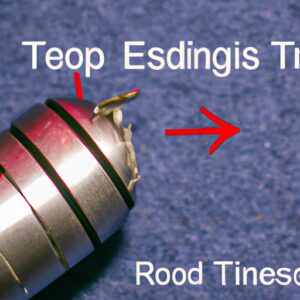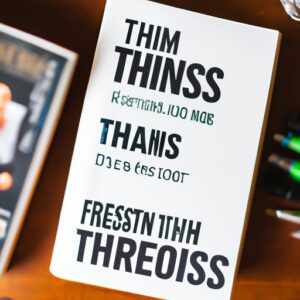How to Use EQ in Your Podcast Audio Production
As a podcaster, you already know that audio quality can make or break your show. And one of the most important tools in your arsenal for achieving great sound is EQ, or equalization. EQ can help you shape the tone and balance of your audio, making it sound more natural and professional.
What is EQ?
EQ is the process of adjusting the balance between different frequency components in an audio signal. With EQ, you can boost or cut certain frequencies to create a more balanced and pleasing sound. Every sound has its own unique frequency spectrum, and EQ allows you to tailor that spectrum to your liking.
How to Use EQ in Your Podcast Production
Here are some tips for using EQ to improve your podcast audio:
1. Start with a clean signal
Before you even think about using EQ, you need to make sure your audio signal is clean and free of noise. Use a good microphone, record in a quiet room, and, if necessary, use noise reduction software to eliminate unwanted background noise.
2. Listen critically
You can’t effectively use EQ if you don’t know what you’re listening for. Take the time to really listen to your audio and identify any problem areas. Does your voice sound boomy or thin? Are certain frequencies overpowering others? Use your ears to identify the issues you want to address with EQ.
3. Identify problem frequencies
Once you’ve identified the problem areas in your audio, you can use EQ to address them. For example, if your voice sounds boomy, you may want to cut some of the lower frequencies. If your voice sounds thin, you may want to boost some of the higher frequencies.
4. Use a gentle touch
When applying EQ, it’s important to use a gentle touch. Boosting or cutting too much can easily make your audio sound unnatural or overprocessed. Small adjustments are often all that’s needed to achieve a more natural sound.
5. Experiment with different EQ settings
No two audio recordings are the same, so what works for one podcast may not work for another. Don’t be afraid to experiment with different EQ settings until you find what works best for your show.
Conclusion
EQ is a powerful tool that can help you achieve a more balanced and professional sound for your podcast. By starting with a clean signal, listening critically, identifying problem frequencies, using a gentle touch, and experimenting with different settings, you can take your audio production to the next level.






